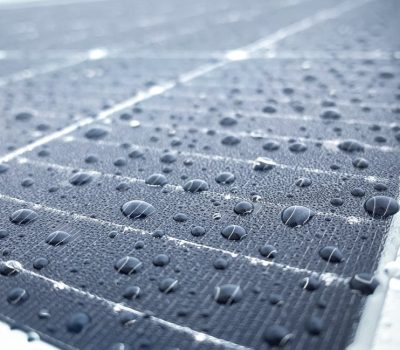



Using conventional sources of electricity is becoming increasingly difficult. Depleting fossil fuel deposits are just one of the serious problems facing the modern energy industry.
An uninterrupted supply of electricity and its price are of great importance to each of us, but it is also worth remembering the state of the environment, which affects our health. We explain how photovoltaic panels are built and what determines their efficiency.
Photo cells (solar cells, photovoltaic cells) allow us to obtain electricity from solar radiation energy. This allows us to use cheap and environmentally friendly electricity that comes from renewable sources. The most commonly used to create photovoltaic installations are photovoltaic cells equipped with semiconductor P-N junctions. The construction of a first-generation photovoltaic cell takes into account two layers. The first (outer) is negatively charged, and the second is positively charged. This is possible due to the use of appropriately selected electrodes. Each type of photovoltaic cell has different performance due to its structure. Due to the action of solar radiation, which reaches the surface of photovoltaic cells, a physical reaction is triggered, leading to the generation of direct current.
The direct current thus generated, thanks to the inverters used, is converted to alternating current, so that we can use solar radiation as an alternative source of energy. The efficiency of photovoltaic cells and the profitability of investments in photovoltaics are determined by the proper selection and installation of photovoltaic cells and the systematic maintenance of photovoltaic panel arrays.
We distinguish between 1st, 2nd and 2nd generation panels. Most of the photovoltaic installations currently being designed take into account first-generation cells, i.e. monocrystalline or polycrystalline cells. These are the so-called. thick film cells. They are formed from crystalline silicon. Second-generation cells are so-called. Thin-film cells, which are formed from, among others. amorphous silicon and cadmium telluride. First- and second-generation cells generate current through a P-N junction. Generation III cells do not have a P-N junction and are a novel solution that uses several different ways to generate electricity.